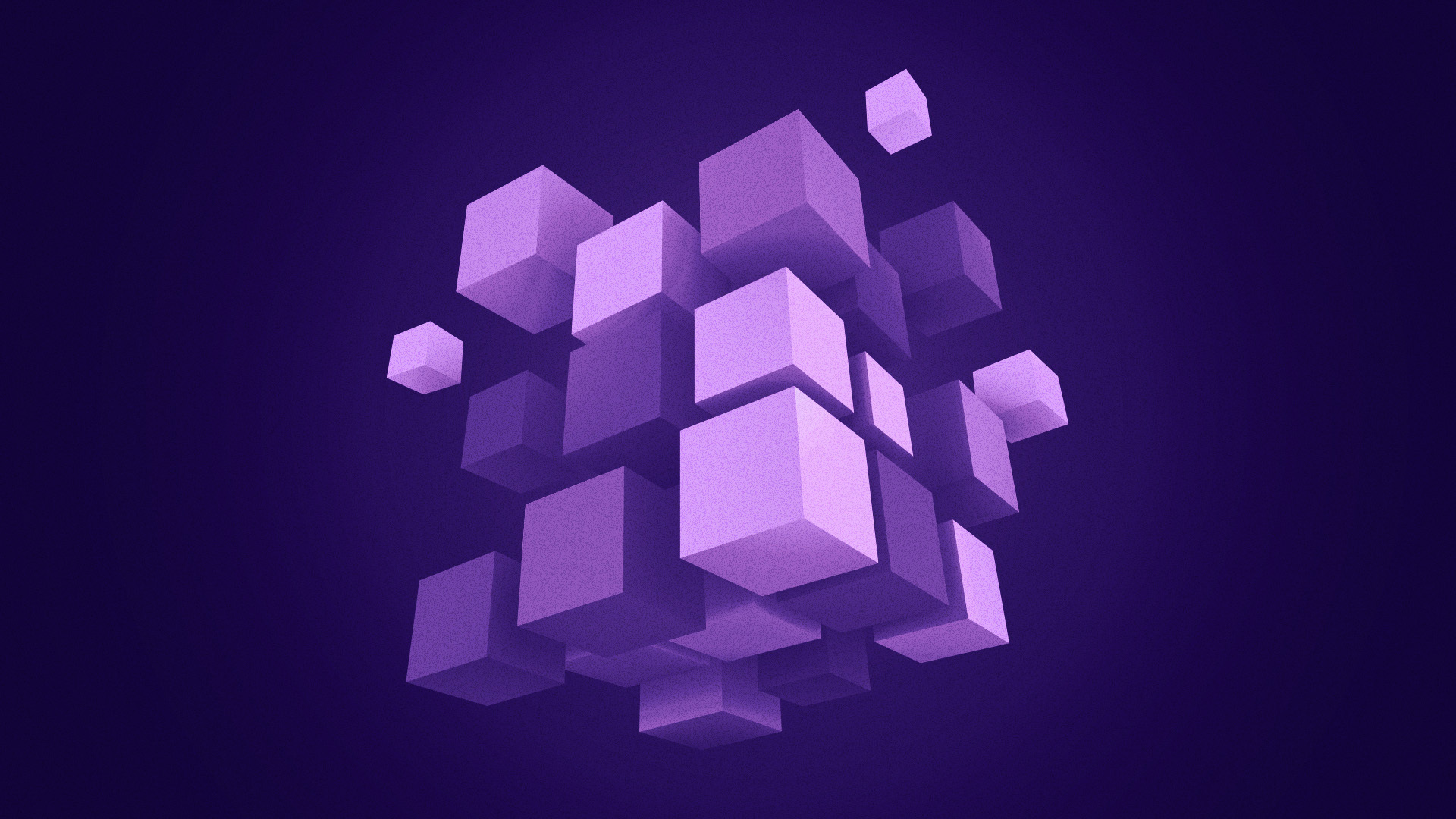What Are Modular Blockchains?

The modular blockchains is a forward-thinking architectural framework that is reshaping how blockchain systems are designed and deployed. Moving away from the rigid structure of early "monolithic" chains like Bitcoin and Ethereum—where all core functions are handled by a single layer—modular blockchains break execution, consensus, and data availability into purpose-built layers. This evolution reflects a broader Web3 trend toward specialization and scalability, allowing networks to meet rising performance and flexibility demands.
In this model, the Execution Layer manages smart contract logic and transaction computation, the Consensus Layer verifies and secures those transactions, and the Data Availability Layer ensures that all necessary data is stored and accessible across the network. By decoupling these responsibilities, modular designs improve scalability since each layer can evolve independently. Developers can swap in or upgrade components without disrupting the entire system, offering an agile way to adapt to rapid innovation and changing user needs.
Beyond technical enhancements, modular blockchains unlock new possibilities for cross-chain interoperability and tailored blockchain experiences. Teams can mix and match best-in-class components to build ecosystems optimized for specific use cases—from DeFi platforms to gaming environments – without reinventing the wheel. This approach not only accelerates innovation but also lowers barriers for developers entering the space, ushering in a more dynamic and diverse blockchain future.
Read more at: chiliz.com
2025-06-02